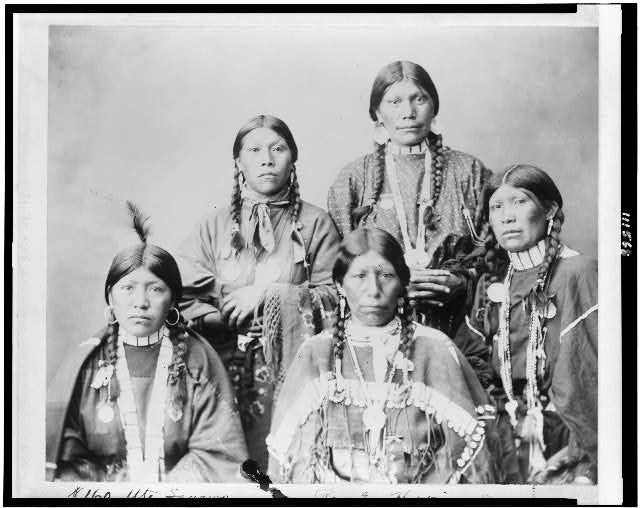In the mid-1960s, a group of college-aged artists purchased a six-acre plot outside of Trinidad and built livable domes out of railroad ties and discarded lumber. They, along with other artists, would live off sales of their work and share a bank account to buy food and supplies—a new and exciting concept at the time. On 360 acres of land in nearby Gardner in Upper Huerfano County an artist commune named Libre, which means free in Spanish, began.
Libre is one of the oldest art communes in the country and distinguished by its variety of architectural innovations. One of the only rules at Libre is that accepted members must build their own homes. As a result, the community is comprised of do-it-yourself people who know how to do everything. Their homes range from domes to jewel-shaped inverted A-frames to barn-style houses. Homes were traded between members as needed.
Other community decisions included an agreement to be stewards of the land in an ecological sense and that each house should not be built within sight of each other, ensuring each household a certain amount of privacy. This last rule is often attributed to Libre’s longevity when many other communes floundered.
These structures as well as the land they are built can never be sold. This is why Libre has endured since 1968 while the communes of northern New Mexico and southern Colorado are long gone.
Today, Libre is one of just a few countercultural living experiments from the 1960s still in existence, and while its population drops in the winter, many residents continue to return each summer.

